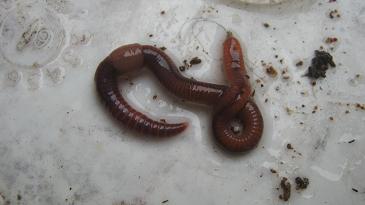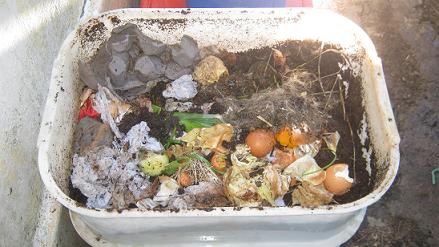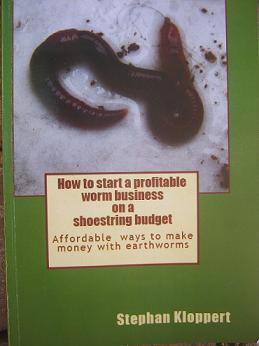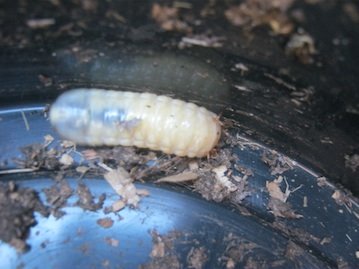VOTED 3rd Best Composting Blog on The Internet
how to process human manure for worm food
by Allan Williams
(Central City Louisiana)
how should human manure be processed for worm food?
how much human waste should be given in the worm diet?
Comments for how to process human manure for worm food
|
||
|
||
Search / Suchen
On SPECIAL
"How to start a profitable worm business on a shoestring budget
Order a printed copy from "Amazon" for only
$11.95
or a digital version from the "Kindle" store for only
$4.95
Prices valid till 30.04.2025
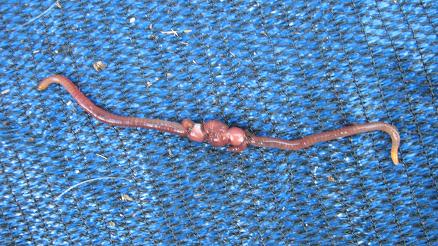
Our New Book
Order the Kindle E-book for the SPECIAL PRICE of only
$3.95
Prices valid till 30.04.2025!






